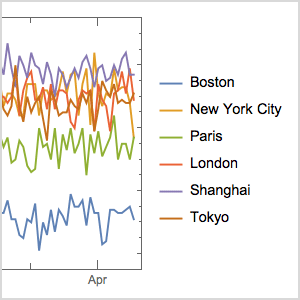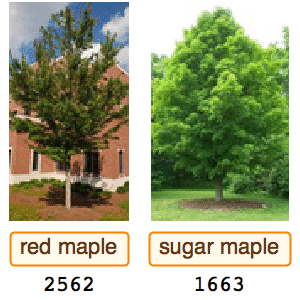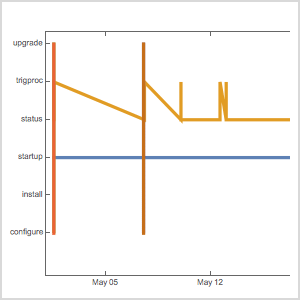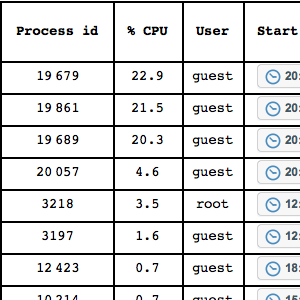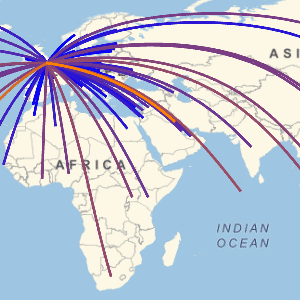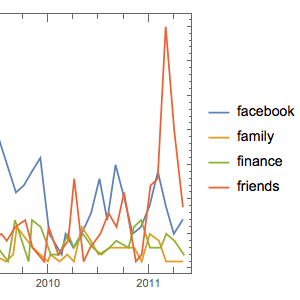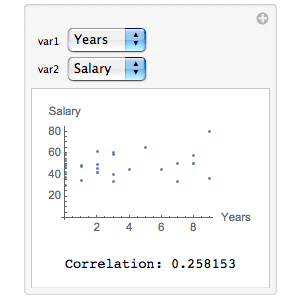Semantic Data Import
Semantic importing is the first step in bringing existing tabular data into Version 10, providing a structured result in the most efficient way possible. This added structure includes physical quantities, dates and times, countries and cities, and numbers, among others. For more sophisticated processing to further structure your data, you can specify any kind of Interpreter in the import process, and the results can readily be subject to additional semantic processing.
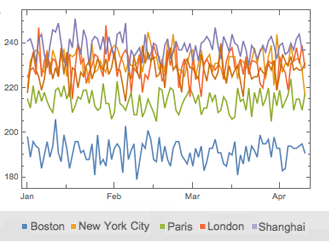
- Bring your tabular data into the Wolfram Language. »
- Semantically import strings to take advantage of semantic processing in existing text-processing pipelines. »
- Give your data geographic context with support for identifying countries, cities, and coordinates. »
- Allow our temporal analysis by introducing DateObject and TimeObject to your data. »
- By importing the data as a Dataset, semantic importing allows your data to be subject to a rich set of functional operators. »
- A variety of potential shapes for the incoming data allows for choices convenient to further processing. »

